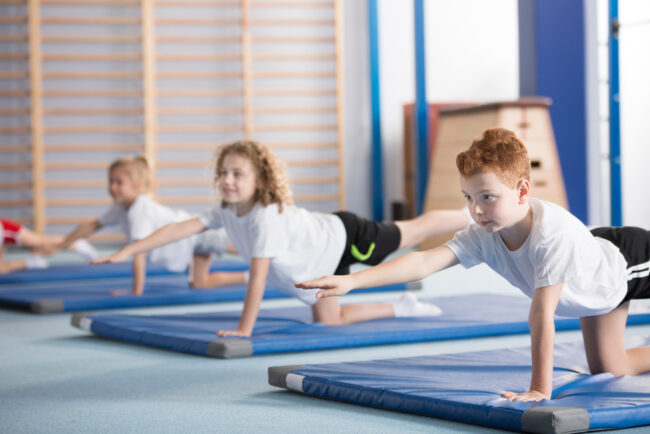
Scoliosis is a health condition that can challenge confidence and self-image during formative years. It is most often detected between the ages of ten and eighteen. You may be surprised to learn that most people have some degree of lateral curve in their spine. Scoliosis involves a sideways bending of the spine that is accompanied by rotation of the vertebral column. If the degree of rotation and curvature is severe enough, the ribs on one side of the spine will bulge outwards while the opposite side will appear sunken.
A diagnosis of idiopathic scoliosis is given in the presence of:
- A lateral spinal curvature greater than ten degrees.
- Forward rounding of the upper back, as seen in screening with forward bending.
- An increase in the lumbar lordosis.
- Most scoliosis patients have an “S” curve. These two lateral and opposite curves in the spine make the scoliosis less obvious. “C” scoliosis is uncompensated, and the curvature is more obvious.
Causes of scoliosis
It is not clear why some people develop idiopathic scoliosis and others do not. Hormonal changes during puberty and low bone density may provide the conditions for the spine to curve. Scoliosis has been shown to be familial. Girls tend to develop more severe curvatures than boys. Spinal curvatures often present themselves and can worsen during periods of rapid growth. Scoliosis screening should be performed annually during puberty and adolescence. Periodic spinal X-rays are utilized to track the degree of curvatures and initiate treatment if the scoliosis is progressing.
Structural imbalances
Complex muscular imbalances accompany scoliosis. Asymmetrical shortenings in the myofascia of the back contribute to scoliosis. Less obvious and equally important are the asymmetrical tensions of the diaphragm (respiratory muscle) and psoas (hip flexor muscles). Asymmetries of the arm and leg muscles may also contribute. While scoliosis is a problem of the spine, the whole structure is implicated.
Rolfing Can Help Scoliosis
While traditional methods for treating scoliosis include bracing and surgery, Rolfing represents a relatively painless option to address the distortions that your child may be struggling with.
Rolfing is perhaps one of the best methods for creating balance in the structure. It is a manual therapy that directly addresses the soft tissue tensions and asymmetries in the body. Rolfers often ask the client to breathe or move in a specific way while the Rolfer uses slow, sustained pressure. As the Rolfer releases the chronic tensions in the myofascial network, posture and alignment improve. In the basic ten-session Rolfing series, the practitioner works systematically to address the whole body. Progressively, Rolfing works through the layers of fascia to balance the connective tissue system.
Soft tissue networks have a profound influence on the skeletal alignment. For the scoliosis patient, Rolfing can provide a valuable resource for reducing and reversing spinal curvature. Rolfing is a wonderful way to help preteens and teens stay on track and avoid developing scoliosis.
